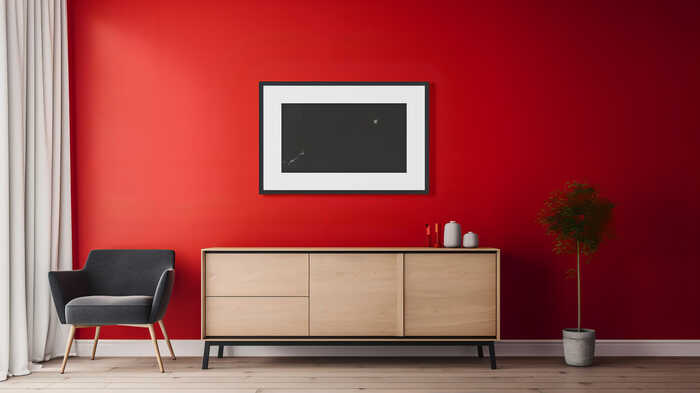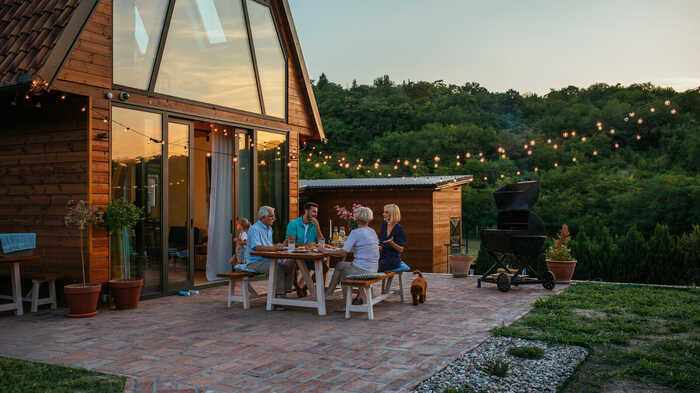5 Things to Consider When Starting a New Build For Multigenerational Living
At the heart of any good design project is the capacity to solve problems—and there can be few challenges more pressing than the ever-increasing demands on domestic living space.
One practical, reemerging design trend, one rooted in the earliest days of human habitation, is the concept of the multigenerational household. More and more, homeowners are adopting the idea of mixing generations of the same family under one roof, and – when the design and planning is executed thoughtfully – can result in dynamic, multifunctional spaces that promote both privacy and household balance. Let’s take a look at some of the key elements to consider when thinking about new builds designed for multigenerational living.

What is multigenerational living?
In the past, multigenerational living was a common arrangement where extended families lived together, providing support, care, and shared responsibilities. As urbanisation and modernisation took hold, nuclear family structures became more prevalent, and multigenerational living declined. Changing economic, social, and cultural factors, however, have led to a renewed interest in this lifestyle.
Today, families are choosing to live together for various reasons. This can include the financial advantages involved, shared caregiving responsibilities, and the desire to develop a stronger family unit. The modern architect recognises the significance of these trends and aims to create new build spaces that accommodate multiple generations seamlessly.

Designing for privacy and connectivity
One of the fundamental aspects of designing for multigenerational living is finding the right balance between privacy and connectivity. Each generation needs space for personal retreat and relaxation, yet it is also important to factor in the need for family interaction.
This involves creating distinct living areas for different generations, while also incorporating communal spaces that facilitate family gatherings. Ensuring separate entrances, en-suite bedrooms, and even small kitchenettes in self-contained units allows each family member to maintain their independence while still feeling connected to the whole.

Adaptable spaces for changing needs
A significant advantage of new build projects is the ability to incorporate adaptable spaces that cater to changing needs over time. As families grow and evolve, so do their requirements for living spaces.
Homes can be designed with flexibility in mind, allowing for modifications and expansions as the need arises. This can include easily convertible rooms, versatile layouts, and even the provision of additional units within the property. This kind of lateral thinking and design foresight ensures that the home can remain functional and accommodating for generations to come.

Inclusive design for accessibility
Multigenerational living often involves family members with diverse mobility needs and abilities. The modern architect recognises these crucial considerations and places a strong emphasis on designing for accessibility.
New build projects can incorporate features such as step-free entranceways, wider doorways, and well-designed ramps to ensure accessibility for elderly family members or those with disabilities. There’s also the option to incorporate single-story living options to eliminate barriers and ensure ease of movement.

Green spaces and recreation
A key aspect of multigenerational living is creating an environment that promotes community within the family unit. Green spaces, recreational areas, and gardens play a vital role in promoting well-being and encouraging family members to spend quality time together.
This can include carefully planned outdoor spaces, communal gardens, and designated play areas for children. These features not only enhance the aesthetics of the property but also contribute to the overall harmony of the household.
How can we help?
Multigenerational living is a growing trend that requires thoughtful consideration and innovative design solutions. As leading architects in Maidenhead, we embrace the challenge of creating homes that cater to these diverse and ever-evolving needs. If you're looking to embark on a new build project that embraces the essence of multigenerational living, why not get in touch or book a free video consultation today?
Posted on August 16th 2023

